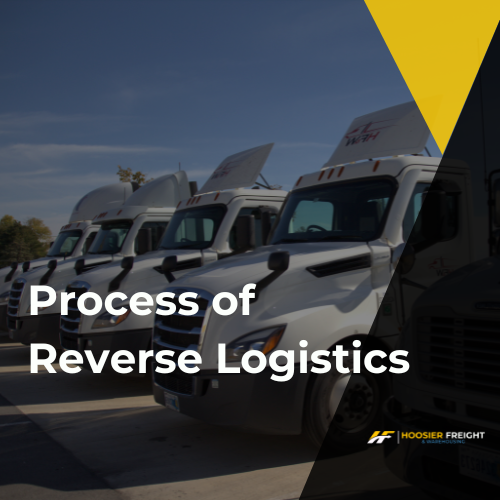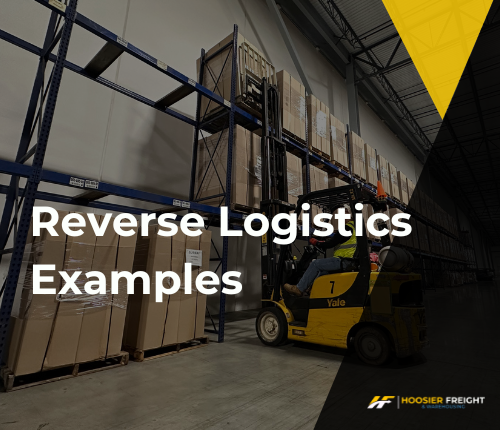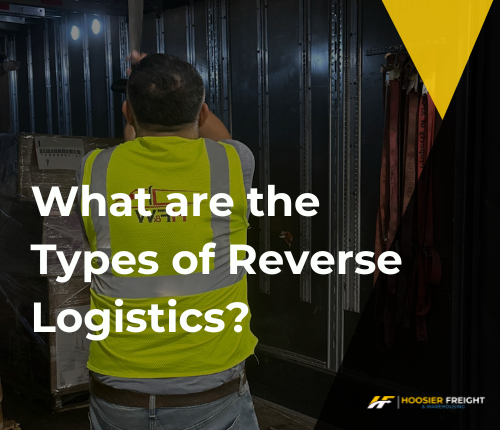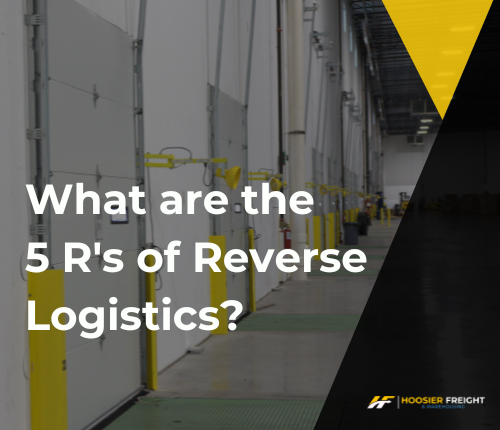
Process of Reverse Logistics
The term “reverse logistics” might sound unfamiliar to many. So, what exactly is the process of reverse logistics? Simply put, reverse logistics involves the steps taken to move products from the consumer back to the producer or manufacturer. This can include returns, repairs, recycling, and disposal. As businesses strive for sustainability and efficiency, understanding this process becomes increasingly crucial.
The process of reverse logistics begins with product returns, which can occur for various reasons. Customers may return products due to defects, damages, or simply because they changed their minds. Efficiently managing these returns is essential to maintaining customer satisfaction and reducing costs. When a return is initiated, the product is shipped back to the retailer or manufacturer. This stage involves coordination between logistics providers and the company to ensure the product is received in a timely manner.
Once the product is returned, the next step in the reverse logistics process is inspection and sorting. Here, returned items are assessed for their condition. Products that are in good shape might be restocked and resold, while damaged or defective items could be earmarked for repair or refurbishment. This step is critical because it determines the subsequent path the product will take, whether it’s back to the market or to a recycling facility.
For items that can be repaired or refurbished, the process of reverse logistics continues with these activities. Repairing or refurbishing products extends their lifecycle, which not only reduces waste but also offers a cost-effective way to manage returns. Once the repair or refurbishment is completed, these products can be resold, often at a discounted rate, giving them a second chance in the marketplace.
Recycling is another significant aspect of reverse logistics. Items that cannot be repaired or refurbished are often recycled. This involves breaking down products into their component materials, which can then be reused in manufacturing new products. Effective recycling processes are essential for minimizing environmental impact and promoting sustainability within the supply chain. Companies increasingly view recycling as not just a necessity but a vital part of their corporate social responsibility initiatives.
Disposal is the final step in the process of reverse logistics for products that cannot be repaired, refurbished, or recycled. Responsible disposal is crucial to prevent environmental harm. Companies often partner with specialized waste management firms to ensure that hazardous materials are handled properly and that waste is minimized. This step, while less desirable than recycling or refurbishment, is sometimes necessary and must be managed carefully.
Throughout the entire reverse logistics process, technology plays a pivotal role. Advanced tracking systems, data analytics, and automation help streamline the process, making it more efficient and cost-effective. For instance, tracking systems provide real-time visibility into the movement of returned products, while data analytics help companies understand return patterns and improve their return policies.
Each step of the reverse logistics process is designed to maximize value recovery and minimize waste, contributing to both economic efficiency and environmental sustainability. As businesses continue to embrace the principles of a circular economy, reverse logistics will play an increasingly important role in their operations. By effectively managing returns, repairs, recycling, and disposal, businesses can not only reduce costs but also enhance their environmental stewardship, ultimately benefiting both the bottom line and the planet.
Contact Hoosier Freight and Warehousing today to learn more about our reverse logistics process and partnerships.



